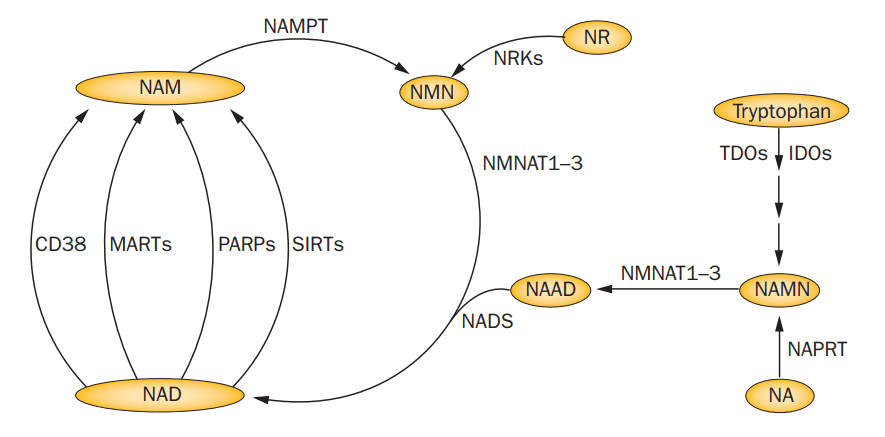maillol
Member
- Joined
- Oct 28, 2019
- Messages
- 393
Inhibition of mitochondrial pyruvate dehydrogenase kinase: a proposed mechanism by which melatonin causes cancer cells to overcome cytosolic glycolysis, reduce tumor biomass and reverse insensitivity to chemotherapy | Request PDF
Not suggesting taking melatonin I just read this and thought it was a good confirmation of what haidut has said.
Not suggesting taking melatonin I just read this and thought it was a good confirmation of what haidut has said.


